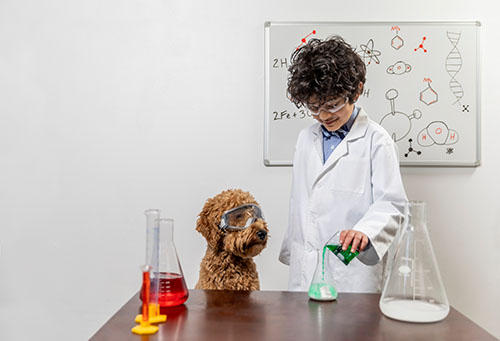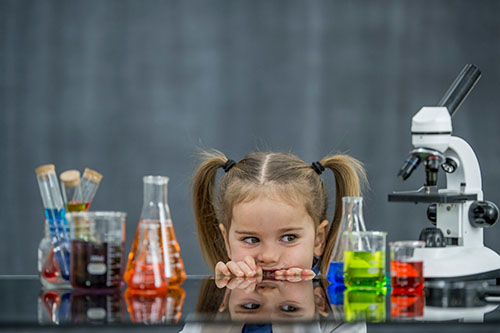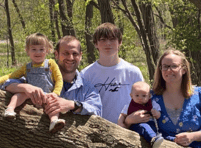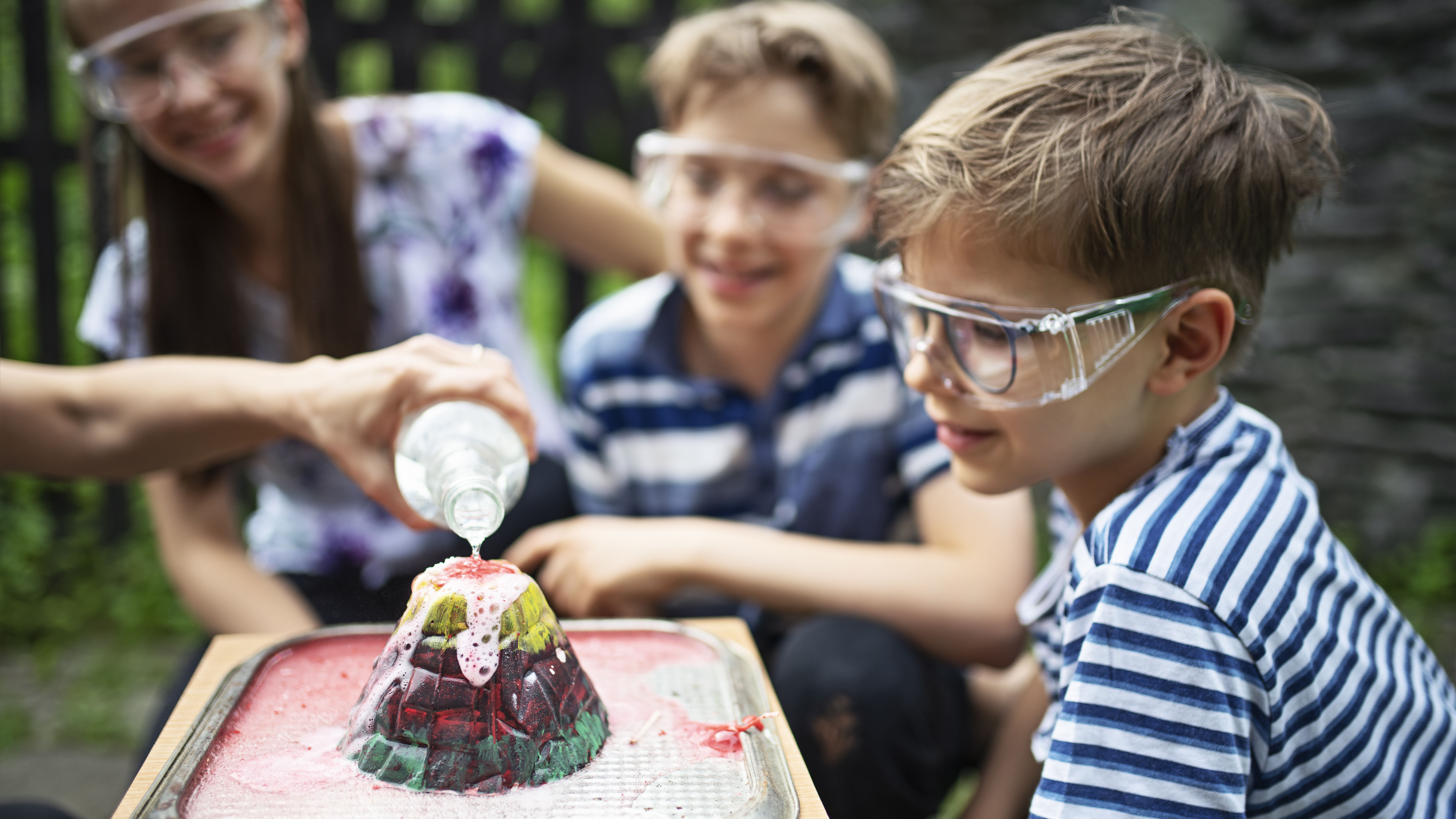Are your children ready to be scientists? Grab the goggles and get ready for some at-home science experiments. These fun chemistry activities will teach your children to predict, experiment, and reflect while they work.
The following experiments can be conducted using items from your kitchen. As with all experiments, focus on safety first. Please make sure you have the appropriate safety materials on hand before you put on your scientist hat.
Let's get started.
Baking Soda and Vinegar
This experiment is simple and exciting for any age. Children will learn about the chemical interactions between baking soda and vinegar. Baking soda is the base and vinegar is the acid. The chemical reaction between them causes a gas called carbon dioxide to bubble and foam.
This experiment is not messy, so you don’t have to worry about a lot of cleaning up afterward. Also, this experiment does not require many materials, so you can repeat it by increasing or decreasing the amount of each item.
Step 1: Gather your materials:
- 1T baking soda
- 3T vinegar
- A cored apple, a Play-Doh volcano, or a bowl to use as your vessel (see note)
- Baking tray
- Safety goggles
- Gloves
- Food coloring, if desired
Note: Depending on the size of the vessel you choose, you may want to use more or less baking soda and vinegar. The important part is to have a 1-to-3 ratio.
Step 2: Have your children predict what will happen when the baking soda combines with the vinegar. They can write, draw, or explain the chemical reaction.
Step 3: Have your children wear safety goggles and gloves.
Step 4: Find a clean surface. Place the bowl, cored apple, or Play-Doh volcano on a baking tray. Add 3 tablespoons of vinegar. You can add food coloring if desired.
Step: 5 Place 1 tablespoon of baking soda into your vessel and watch what happens!
Step 6: Reflect with your children about their prediction. Was it correct? Why or why not?
You can extend this activity by using flour or sugar instead of baking soda. Talk with your children about what materials worked best and why.
To extend this activity for older students, have them use chemical bonds to explain the reaction. Also, discuss and try different ratios.

Water and Corn Starch
Unlike the previous experiment, this one is messy but worth it! Your young scientists will learn more about liquids and solids. Experiment with adding different objects to the result to see how they move the substance about.
Heads up! The combination of water and corn starch will create a sticky goo. It is best to let the goo dry for easier cleanup.
Step 1: Gather your materials:
- 1 cup water
- 2 cups corn starch
- Large bowl
- Plastic tablecloth
- Gloves
- Food coloring, if desired
Note: You can increase or decrease the number of ingredients depending on the amount you desire. It must be a 1 to 2 ratio.
Step 2: Have your children predict what will happen when the corn starch combines with the water. They can write, draw, or explain the chemical reaction.
Step 3: Put the plastic tablecloth over a clean surface. Have your children put on gloves.
Step 4: Place 1 cup of water into the large bowl. Add food coloring, if desired.
Step 5: Place 2 cups of corn starch into the bowl and watch what happens!
Step 6: Reflect with your children about their predictions. Were they correct? Why or why not?
When using this in a classroom, consider adding strainers and noodle scoops. Talk with your students about how the material caused resistance when trying to scoop or strain it. Is it more or less difficult than using just water? Why do you think that is?
This is a fun, yet messy, way for your students to learn about chemical reactions. To extend this experiment, have your children do some research on why corn starch is used for cooking. Based on their findings, ask them to think of other cooking or baking ingredients that cause chemical reactions.

Other Experiments to Try
Don’t let the chemistry end here. Continue exploring chemical reactions with your children. Google the following ideas for more inspiration for at-home experiments.
- Rotting fruit or vegetables
- Soda pop and Mentos
- Homemade ice cream
- Slime
- Crystal creations
- Bath bombs


Erika Duso has more than eight years of combined online and classroom teaching experience. She is currently a Teacher Facilitator for first-grade math and social studies for Lincoln Learning Solutions. Erika enjoys backpacking, reading, and looking for rocks in the Great Lakes.




